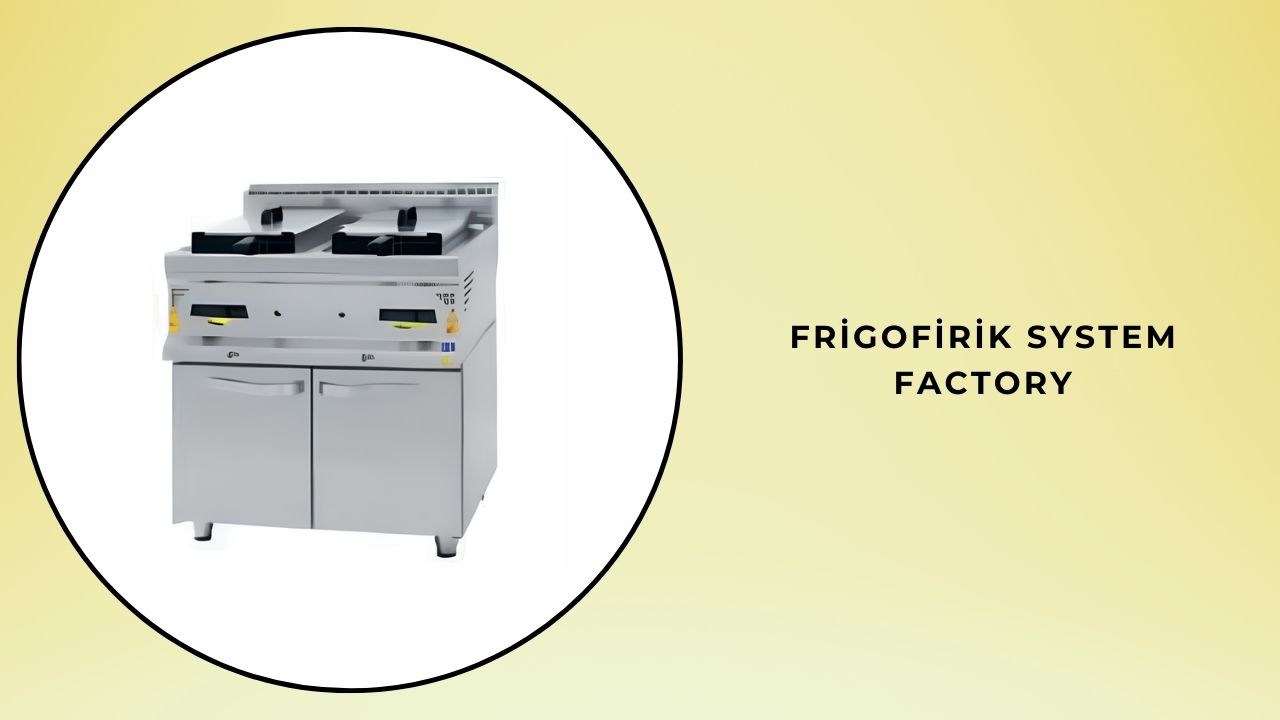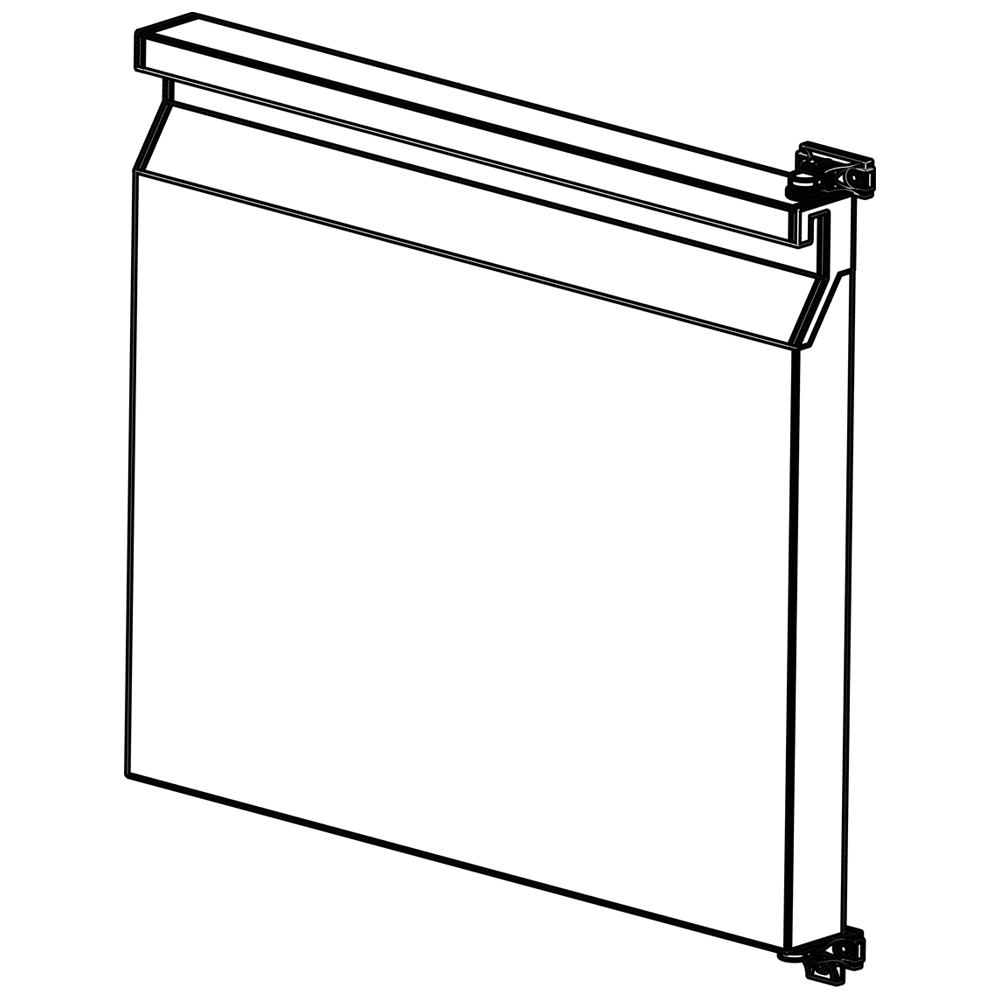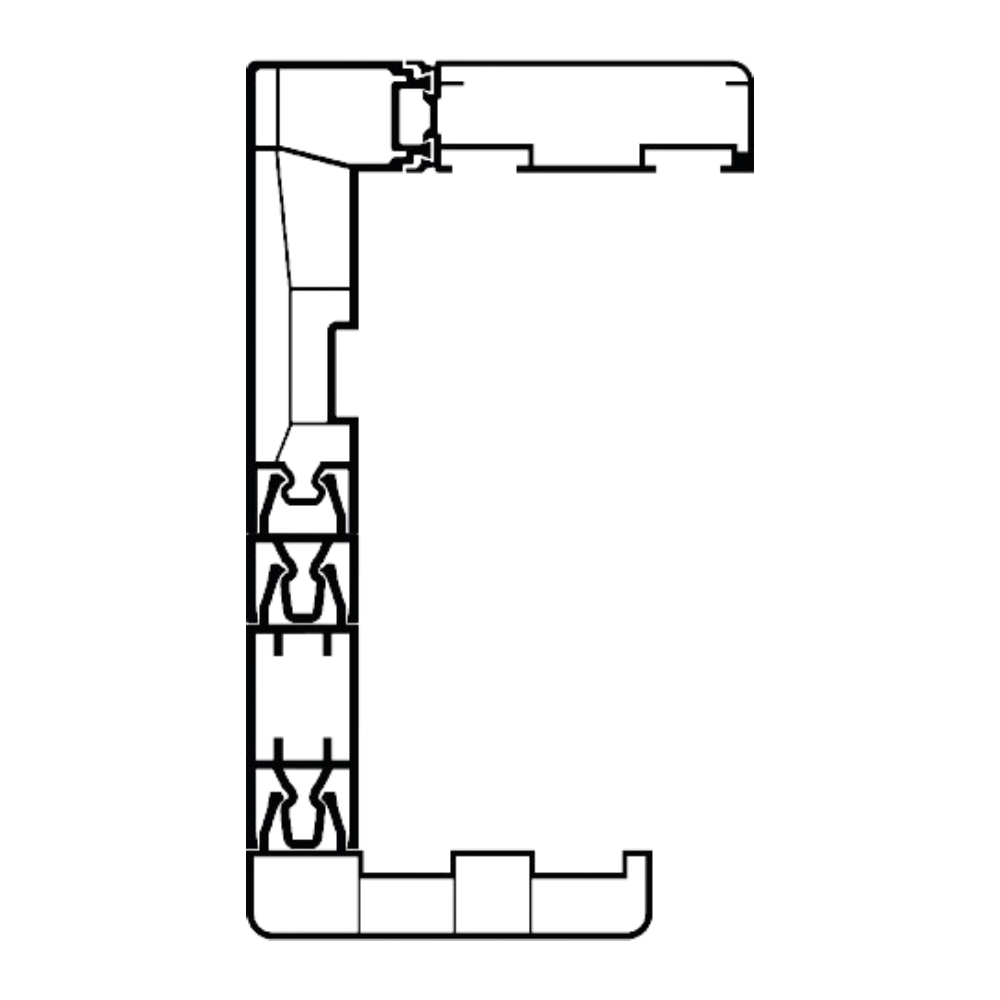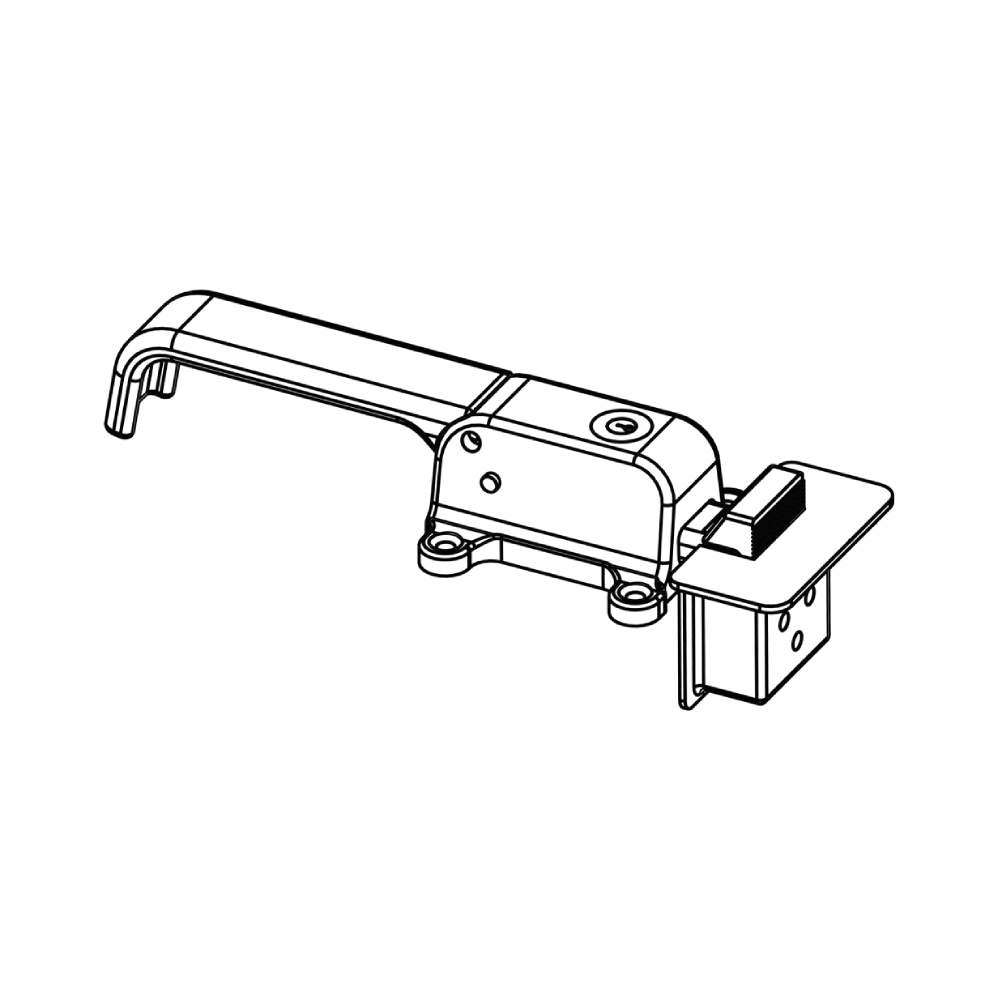The Importance and Applications of Frigofirik Systems
The Importance and Applications of Refrigerated Systems
Refrigerated systems, particularly in sectors requiring high precision such as the food industry, pharmaceutical industry, and logistics, play a critical role. Cooling, freezing, and temperature control are essential in these industries, and refrigerated systems ensure that products are stored and transported safely, preserving their quality. In cold transportation and storage processes, these systems not only extend the shelf life of products but also enhance energy efficiency, reducing operational costs.
Refrigerated systems offer ideal solutions for providing cooling over large areas. These systems are particularly critical in large-scale applications such as the transportation and storage of food products. For instance, food products typically need to be stored within specific temperature ranges, and maintaining these conditions requires refrigerated systems to prevent spoilage and health risks. Refrigerated systems ensure the safe storage of not only food products but also pharmaceuticals, biological products, chemical substances, and certain medical supplies.
With advancements in cooling technologies, refrigerated systems have become more efficient and environmentally friendly. These systems do more than just control temperature; they also minimize energy consumption, offering significant savings to businesses. These software and hardware solutions contribute to achieving sustainability goals in the industry. As the use of refrigerated systems increases, reducing their environmental impact becomes increasingly important.
Production of Refrigerated Systems and Technological Advancements
The production of refrigerated systems is a process that requires advanced engineering. These systems are meticulously planned from the design phase and customized to meet the needs of various industries. Refrigerated systems typically offer durable and efficient solutions with large cooling capacities. The latest technologies used in their production provide high efficiency while offering environmentally friendly solutions.
Technological advancements have enabled refrigerated systems to achieve high performance with lower energy consumption. Next-generation technologies, such as high-efficiency compressors, eco-friendly refrigerants, and advanced insulation materials, enhance the efficiency of refrigerated systems. These developments not only save energy but also encourage businesses to adopt environmentally friendly practices. Additionally, automatic control systems used in cooling systems simplify operational processes for businesses while allowing precise temperature adjustments.
Another significant technological advancement in refrigerated systems is the integration of remote monitoring and control systems. These systems allow manufacturers to track whether the devices are operating efficiently in real time. Automatic alarm systems enable rapid intervention in case of any malfunctions, while data logging provides insights into future maintenance needs. Furthermore, next-generation refrigerated systems optimize energy consumption to enhance sustainability and reduce environmental impact.
Production Process of a Refrigerated System Factory
The production of refrigerated systems requires meticulous planning and excellent engineering. Every stage, from design to production, is carefully controlled and executed. Here are the main stages of a typical refrigerated system production process:
Design and Planning: The production of refrigerated systems begins with a design process tailored to specific needs. Factors such as the intended use of the system, the characteristics of the stored products, and targeted energy efficiency are considered to create the most suitable design. During this phase, engineers determine the cooling capacity and make detailed plans to ensure all system components work harmoniously.
Material Selection and Procurement: For refrigerated systems to operate efficiently, the selection of high-quality and durable materials is crucial. Cooling compressors, pipelines, insulation materials, and other system components are carefully chosen. These materials are procured according to specific standards to ensure high performance and longevity. Additionally, eco-friendly materials are used to enhance the system’s sustainability.
Assembly: The next stage of the production process is the assembly of all components. Cooling compressors, evaporators, condensers, piping systems, and electrical components are combined. The assembly process is carried out by expert teams to ensure each component is correctly placed and the system operates safely. At this stage, the placement and functionality of all components are tested to guarantee seamless operation.
Testing and Quality Control: In the final stage, refrigerated systems undergo quality control tests. These tests verify whether the cooling capacity is sufficient, the system is energy-efficient, and it meets safety standards. Additionally, the durability and longevity of each system are tested to ensure the final product delivers excellent performance. Quality control is maintained through rigorous inspections at every stage of the production process.

Applications of Refrigerated Systems
Refrigerated systems are widely used across various industries. The primary application areas of these systems include:
Food Industry: Refrigerated systems are a cornerstone of the food industry. They are particularly used in the transportation and storage of perishable products such as meat, dairy, fish, fruits, and vegetables. These systems ensure the safe transportation, storage, and distribution of products, enhancing food safety. They also extend the shelf life of fresh food products, preventing spoilage.
Pharmaceutical and Biotechnology Sector: Refrigerated systems play a critical role in the pharmaceutical and biotechnology sectors. Maintaining specific temperature ranges during the storage of vaccines, blood products, and other biological materials is of vital importance. Refrigerated systems preserve the efficacy of these products, playing a significant role in the healthcare industry.
Logistics and Transportation: Cold transportation and storage are essential components of the logistics sector. Refrigerated systems are used to safely transport frozen and chilled products. These systems provide logistics companies with both safety and energy efficiency. They also ensure products remain fresh by controlling temperature during storage and transportation.
Sustainability and Energy Efficiency
Manufacturers of refrigerated systems are making significant efforts to develop environmentally friendly and energy-efficient solutions. Next-generation refrigerated systems are equipped with eco-friendly refrigerants and energy-saving technologies. These systems not only provide energy efficiency but also minimize environmental impact by reducing carbon dioxide emissions.
Energy-efficient refrigerated systems offer businesses low costs and sustainable solutions. They also help reduce operational costs through lower energy consumption. Environmentally friendly cooling technologies contribute to sustainability goals by reducing greenhouse gas emissions.
Refrigerated systems play a critical role in industries such as food, pharmaceuticals, logistics, and beyond. These systems are indispensable for keeping products fresh and improving transportation and storage processes. Thanks to new technologies, refrigerated systems have become more efficient, environmentally friendly, and energy-saving. Enhancements in production processes and sustainable solutions continue to increase the importance of these systems every day.








